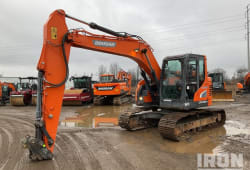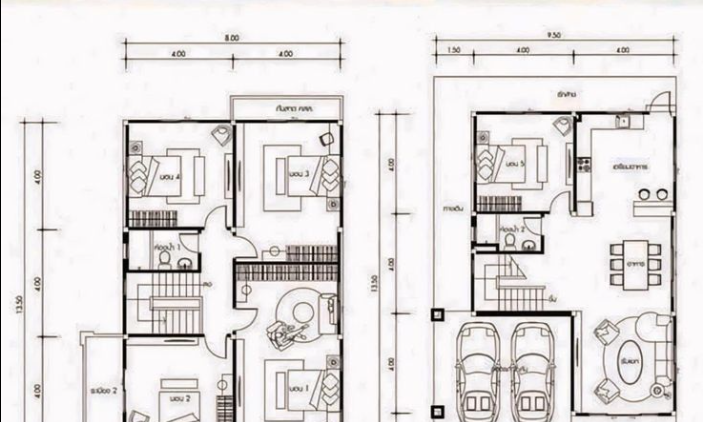New Construction Electrical: Cost Guide & Bidding Tips for 2025
3 Lectura mínima
)
agosto 1, 2025
Electrical systems are the backbone of any modern building, and getting it right during the initial build is crucial. Whether you're a builder, contractor, or property owner, understanding the details of new construction electrical work can help you stay on budget and avoid costly mistakes.
In this guide, we'll explore:
What new construction electrical includes
Average new construction electrical cost per square foot
How to bid new construction electrical jobs accurately
Key tips and pitfalls to avoid
What Is New Construction Electrical?
New construction electrical refers to installing the complete electrical infrastructure in a building that’s being constructed from the ground up. This includes:
Electrical panel installation
Running wires and conduits
Installing outlets, switches, and lighting
Power connections for appliances, HVAC, and smart systems
Coordination with other trades during the build
Unlike renovations or upgrades, new construction electrical requires precise coordination with blueprints and structural framing, ensuring everything is laid out correctly before walls are closed.
Pro Tip: Early planning during the design phase helps prevent costly rework and code violations.
New Construction Electrical Cost Per Square Foot
:format(webp))
So, how much should you budget for electrical work in new construction?
Average Cost Per Square Foot (2025)
National average: $3.50 per square foot
Key Factors That Affect Cost:
Home size and layout complexity
Fixture and lighting upgrades
Local labor rates and union vs. non-union work
Electrical code requirements and inspections
Smart home systems and special features
Don’t forget to include permit fees and electrical panel upgrades in your budget.
How to Bid New Construction Electrical Projects
Knowing how to bid new construction electrical work correctly is essential for staying profitable and winning jobs.
Step-by-Step Bidding Process:
Review Architectural and Electrical Blueprints
Understand outlet locations, breaker box needs, lighting plans, and wiring routes.
Calculate Material Requirements
Estimate wire length, conduit size, panels, fixtures, switches, and receptacles.
Estimate Labor Hours
Use unit labor pricing or historical data from past jobs.
Add Permits and Code Compliance Costs
Check local requirements for inspections and licensing.
Include Overhead and Profit Margin
Don’t forget insurance, equipment, administrative costs, and desired markup (usually 10-20%).
Prepare a Professional Proposal
Clearly outline inclusions, timelines, payment terms, and exclusions.
Bonus Tip: Use estimating software or electrical takeoff tools to streamline your bidding and reduce human error.
Common Mistakes to Avoid in Electrical Bidding
Underestimating material waste and labor time
Ignoring voltage drop calculations on large properties
Not including surge protection or specialty systems
Skipping change orders or contingency buffers
Forgetting to update prices for copper wire or panels (which fluctuate often)
An inaccurate bid can eat into your profits or even cost you the job entirely.
Who Should Handle New Construction Electrical?
Whether you're building a single home or a commercial project, always hire or consult with:
Licensed electricians
Electrical contractors with new construction experience
Insured and bonded professionals familiar with local codes
If you’re bidding yourself, ensure you're licensed to submit proposals in your state or county.
Conclusion
New construction electrical projects require careful planning, precise estimating, and knowledge of costs. By knowing the average cost per square foot, using smart bidding strategies, and avoiding common mistakes, you can stay competitive and profitable in 2025’s construction market.
Whether you're a contractor looking to refine your bids or a homeowner budgeting for a new build, understanding the full scope of electrical installation is key to a successful project.

Samir Shah is the Co-Founder and Chief Product Officer of Boom & Bucket, where he leads the development of innovative solutions for buying and selling heavy equipment. With a background in engineering, product development, and business strategy, Samir has a track record of taking companies from concept to market success. Previously, he was the Head of Cat Digital Labs at Caterpillar, overseeing digital initiatives and product launches. He holds degrees from MIT Sloan and Carnegie Mellon, and he is passionate about tackling big challenges in underserved industries.










